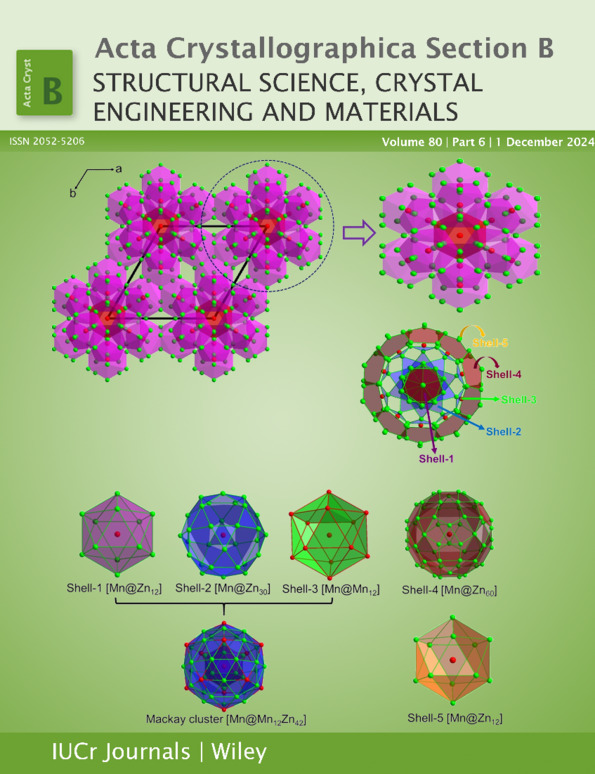Crystal structure predictions for molecules with soft degrees of freedom using intermonomer force fields derived from first principles
Abstract
A molecular crystal structure prediction (CSP) protocol used in the seventh blind test is presented. The seventh blind test was divided into two stages and included seven targets, with crystals containing from one to three molecules in asymmetric units, monomers built of up to 100 atoms, and all targets containing monomers with flexible degrees of freedom. Some targets were cocrystals and one target was a salt. These diverse targets were treated using a CSP protocol starting from finding the global and local minima conformations of the target molecule. Subsequently, an ab initio two-body rigid-monomer six-dimensional force field (aiFF) was developed for the global-minimum conformer. These aiFFs were then used in CSPs consisting of packing and lattice-energy minimization stages. Flexible-monomer CSPs were used for some targets. To describe the intramonomer FF, either generic empirical FFs or reparametrized FFs of this type were used, with some parameters fitted to ab initio energies of monomers in the latter case. A novel packing procedure was applied for two targets in stage 1. The success rate in the structure generation stage was 15% in submission phase and 54% in post-submission phase, while the corresponding values in the structure rating stage were 33% and 89%. We conclude that the inexpensive conformer-based approach with rigid-monomer CSPs can be recommended for investigations of crystals with flexible monomers. An advantage of this protocol is that it is fully based on first-principles quantum mechanics and generates tailor-made FFs suitable for use in subsequent molecular dynamics simulations investigating temperature-dependent effects. However, empirical intramonomer FFs reparametrized using ab initio data are not yet adequate for CSPs.




